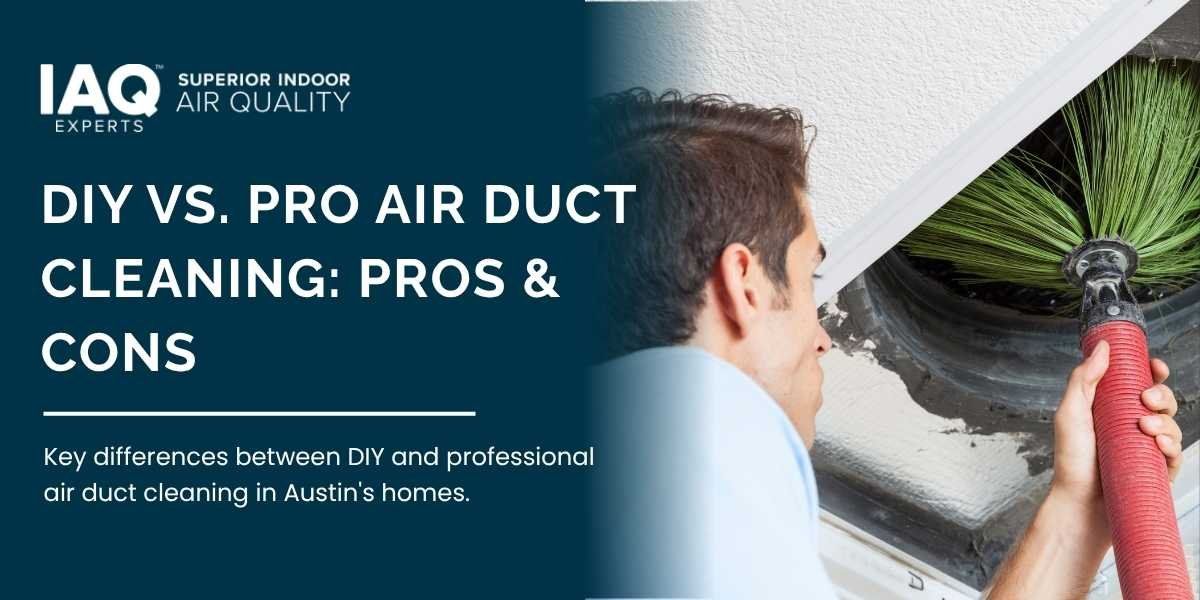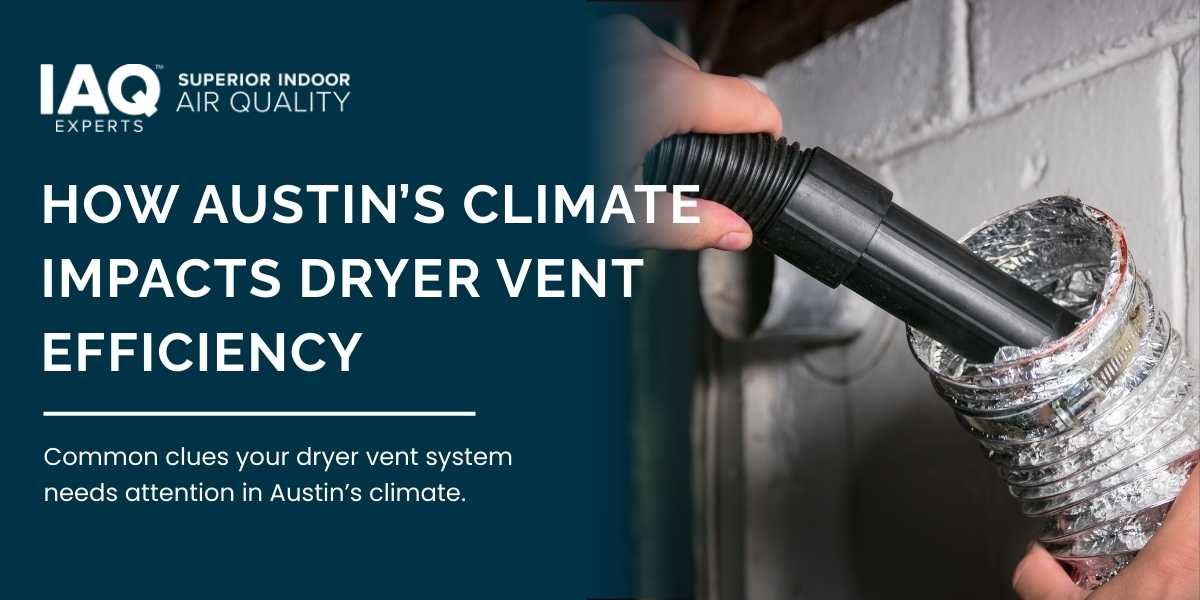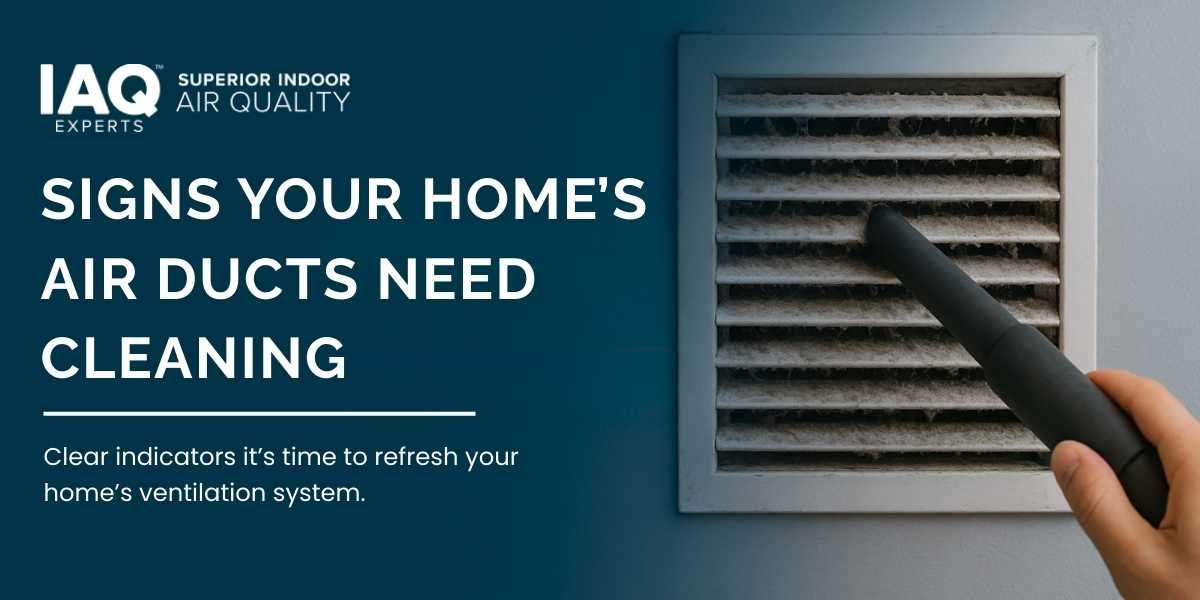When was the last time you thought about the air ducts in your home or office? If you’re like most people, probably not very often. Yet, these hidden pathways play a major role in your indoor air quality, HVAC performance, and even your health. Over time, dust, pollen, pet dander, and mold can accumulate inside ducts, restricting airflow and circulating contaminants throughout your space.
This brings up an important question: Should you clean your air ducts yourself or hire a professional? While a DIY approach may sound appealing to save money, it’s not always the right solution for every situation. Let’s explore the pros and cons of DIY vs. professional air duct cleaning to help you make an informed choice.
The Case for DIY Air Duct Cleaning
Pros:
1. Cost Savings
The biggest reason homeowners try DIY air duct cleaning is simple — it’s cheaper. A full professional service can range anywhere from $300 to $700, depending on the size of your home and the complexity of the duct system. With DIY, your main expenses are cleaning supplies, a vacuum, and perhaps a few tools, keeping costs under $100 in most cases.
2. Convenience and Control
If you enjoy tackling home improvement projects, cleaning your ducts can give you control over the process. You can focus on specific vents or problem areas without scheduling appointments or waiting for technicians.
3. Short-Term Improvement
For mild dust buildup near vents or registers, a quick DIY clean using a vacuum, brush, and microfiber cloth can improve air circulation temporarily. It’s a practical solution for maintaining ducts between professional cleanings.
Cons:
1. Limited Reach and Equipment
Even with the best shop vac, a DIY setup can’t match the power of professional-grade equipment. Most homeowners can only reach a few feet into the ducts, leaving deeper sections untouched. Professionals use high-powered vacuums and rotary brushes that clean the entire system, including the main trunk lines and internal components.
2. Potential for Damage
Ductwork is delicate, especially older systems. Inserting tools too aggressively can cause cracks, punctures, or disconnections that affect airflow. Repairing duct damage can be far more expensive than hiring a cleaning service in the first place.
3. Health and Safety Concerns
If mold, vermin droppings, or excessive dust are present, cleaning ducts yourself can expose you to allergens and harmful particles. Without proper safety gear or containment systems, DIY cleaning could worsen indoor air quality rather than improve it.
The Case for Professional Air Duct Cleaning
Pros:
1. Comprehensive Cleaning
Professional technicians use specialized equipment, such as HEPA-filtered vacuums and rotary brush systems, to remove debris from every section of your ductwork. They also clean air handlers, grilles, registers, and coils, ensuring the entire system operates efficiently.
2. Better Air Quality and Efficiency
According to the U.S. Environmental Protection Agency (EPA), dirty air ducts can contribute to poor indoor air quality and strain HVAC systems. Professional cleaning can restore optimal airflow, improve system performance, and even lower energy bills by up to 15%.
3. Expert Inspection and Problem Detection
Professionals don’t just clean; they inspect. During the process, they can spot signs of mold growth, leaks, or insulation damage that homeowners might miss. Early detection can save you from costly repairs or health hazards down the line.
4. Peace of Mind and Safety
Professional services are licensed, insured, and trained to handle contaminants safely. You won’t have to worry about accidentally damaging ducts or breathing in harmful debris. Many companies even provide before-and-after photos for reassurance that the job was done right.
Cons:
1. Higher Cost
The most obvious downside is the price. Depending on your home size, number of vents, and system complexity, a professional cleaning can cost between $300 and $700. However, most experts recommend cleaning every 3–5 years, so the investment tends to pay off over time.
2. Scheduling and Access
Hiring professionals means coordinating appointments and possibly being home during the service. For busy homeowners or commercial properties, scheduling can sometimes be inconvenient.
3. Risk of Scams or Low-Quality Services
Unfortunately, the air duct cleaning industry has its share of “too good to be true” deals. Be cautious of companies offering prices far below the market average, as they might use subpar methods or upsell unnecessary services. Always check for certifications, such as those from NADCA (National Air Duct Cleaners Association).
DIY vs. Professional: Which Should You Choose?
Choosing between DIY and professional duct cleaning depends on your goals, system condition, and budget.
- Choose DIY if your ducts are relatively new, you’re maintaining between professional cleanings, or you just want to remove visible dust near vents.
- Hire professionals if it’s been several years since your last cleaning, you notice musty odors, mold, or reduced airflow, or if anyone in your household has allergies or respiratory issues.
In many cases, the best approach is a combination — light DIY maintenance every few months, complemented by professional cleaning every few years. This ensures both cost savings and deep, thorough cleaning that protects your indoor air and HVAC investment.
Final Thoughts
Air duct cleaning may not be the most glamorous home maintenance task, but it’s one that directly impacts your comfort, energy efficiency, and health. While DIY cleaning can help in the short term, professional services offer a level of thoroughness and safety that’s hard to match.
If your HVAC system hasn’t been inspected or cleaned in the past few years, it might be time to call in the pros. IAQ Austin – Air Duct Cleaning provides expert, reliable, and comprehensive duct cleaning services designed to improve indoor air quality and system performance. Their experienced team ensures your ducts are spotless, your air is cleaner, and your HVAC system runs efficiently all year long.
Clean ducts don’t just mean cleaner air — they mean better living, breathing, and saving.



